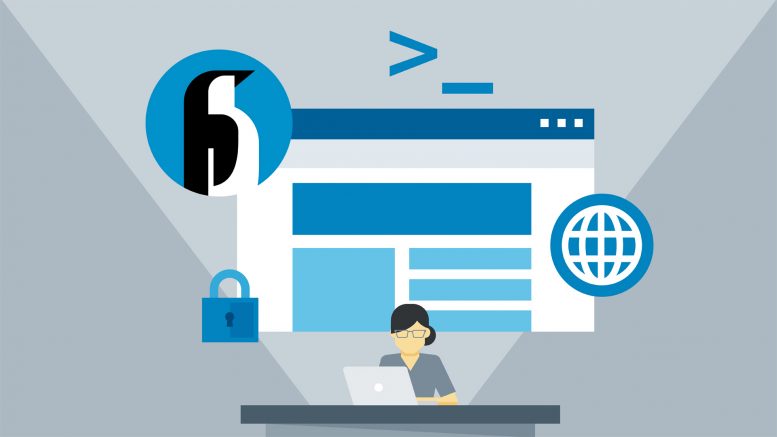To understand something better, you first need to know what it is. From there you can learn everything about it, and that is what you are going to learn about Servers here.
They are a very important part of the IT infrastructure of any organization because they perform various essential tasks. Think of the processes that take place when you initiate an online shopping process. You will certainly start with the opening of a browser to search for the specific site of the online store that you need to shop from. There will be the authentication of your log in, you will make your orders and be billed. You will then continue to do your online payments which will also be confirmed for your products to be shipped.
For the shopping process to go on smoothly up to completion there will be a number of powerful Servers that will be receiving the information you key in, as well as giving you feedback such as the various products that they have in stock. They also hold all the security configurations to ensure that your information stays safe, and it’s done through a technology referred to as data encryption.
The Functionality of a Server
A server basically listens in on ports that are connected to the network for incoming requests. A good example is how a web server interacts with a browser. When you are accessing the internet in search of information, the process will be instantaneous when the link is okay in terms of speed and connectivity.
Once you click the link that will take you to the online location you need, a number of things take place albeit behind the scenes. The request you make for a Web page will be relayed to a corresponding web server and it will then fetch the web page for you. It then transmits it back to you via the HTTP protocol, and your browser finally receives the data that it will convert into a usable state for display.
The Technology Used on Servers
It all depends on the server type that is being set up for configuration. You will hence need a server-class computer that has all the special hardware and software too. Unlike the usual Hard Disk that your normal desktop computer has, server systems have a special data storage system because of the humongous data that they receive, store and process.
The storage system is referred to as Redundant Array of Inexpensive Disks (RAID). The word ‘array’ in this means just that. It’s a system with a number of disk drives that are configured to act and work as a single unit. The configuration boosts the efficiency in storage, for instance when one of them fails the rest are left functional and operational. In such a case, there is minimal or no loss of data.
All servers require and have fast processors. The RAM should also be big enough so that it can service the number of requests that are estimated. An uninterruptible power supply (UPS) should also be in the package. This ensures maximum uptime for the server, so that when the requests are made they can be served immediately. Downtimes are usually brought about by loss of power and a UPS will be a great backup for this.
Most organizations will include redundancies in their server systems so that they can accommodate failovers and keep the systems running at all times. The style improves uptime because when one of the servers go down the processes will be taken over by the standby server immediately.
Know the Types of Servers
Database servers are the most common ones that are in use today, followed by application servers and web servers.
- Just as its name indicates, a database server is meant to offer services by storing, organizing and searching for resources on request from any local node in an enterprise. They provide connectivity to all standalone computers in the organization.
- Application server on the other hand holds together the whole system. It’s also referred to as ‘Middleware’, and its job is to provide the runtime environment for the applications in use in the server. It also coordinates processes seamlessly between the database and the applications.
- Mail servers –They facilitate the sending and delivering of emails.
- Web Servers –They are crucial and can cause immense disruptions when they go down. They allow people to access the information on the web.
Other servers you will come across in your operations are Print servers, FTP servers, Domain-name server, File server and Proxy server.
To Set Up a Server Is Easy
Amazingly, any computer system can be set up as a server, but that will depend on the size of your organization that will determine the amount of data and processes that it will be handling.
The baseline is that with enough resources for the kind of a server that you need, you can do it effortlessly. You can set one on a shoestring budget or you can buy and configure a full-fledged server for your huge organization.



Be the first to comment on "Understanding How a Server Works and What It Is"